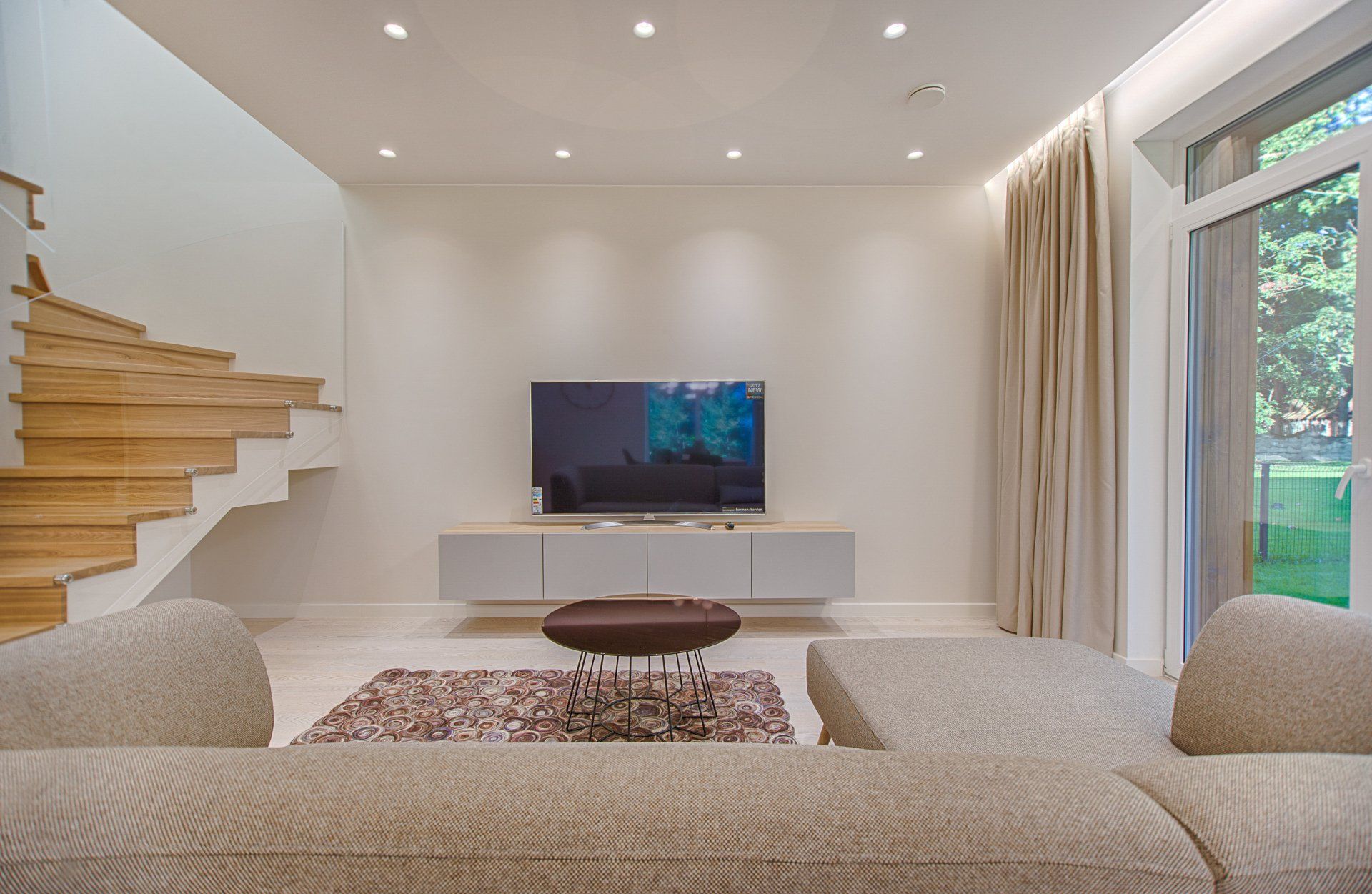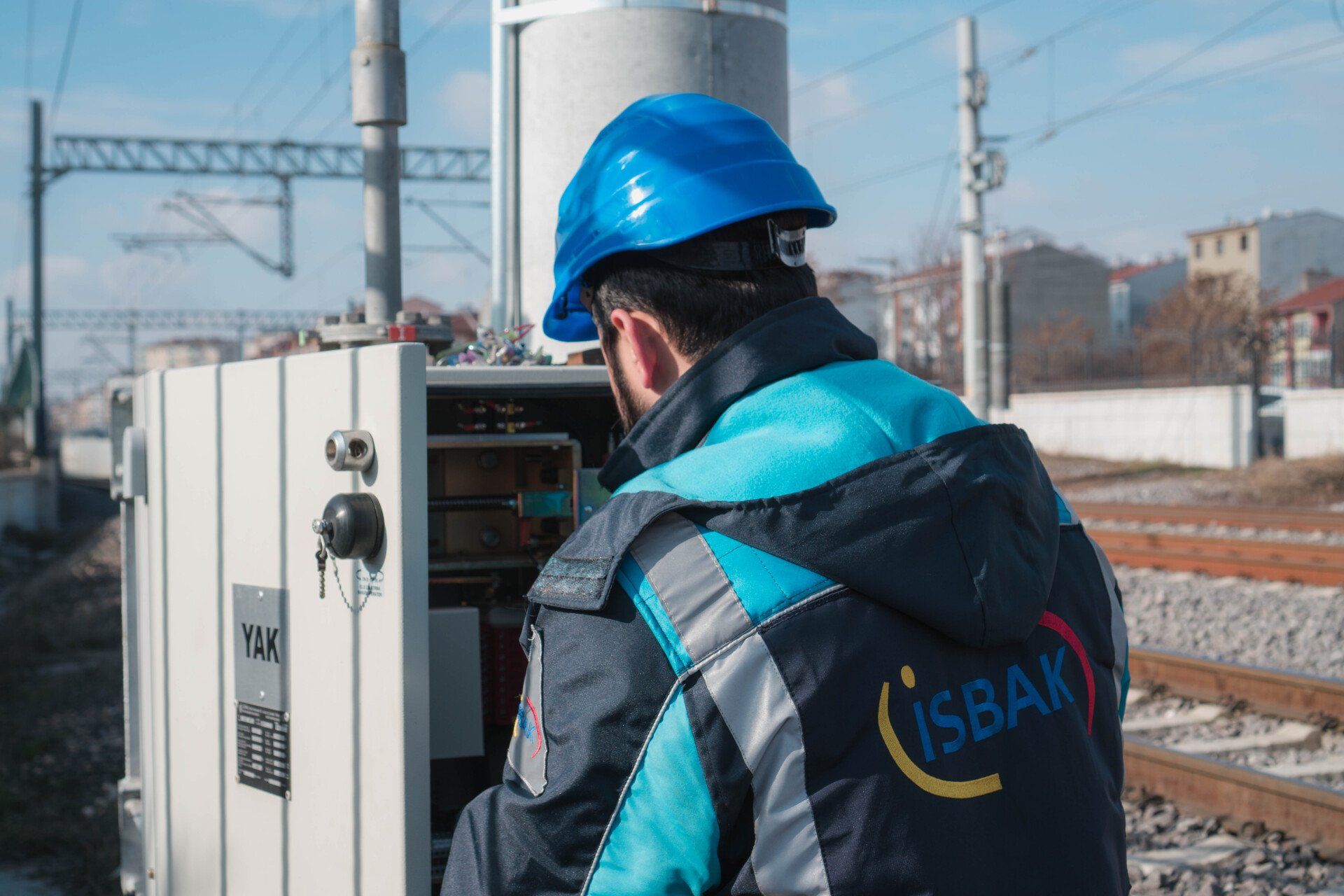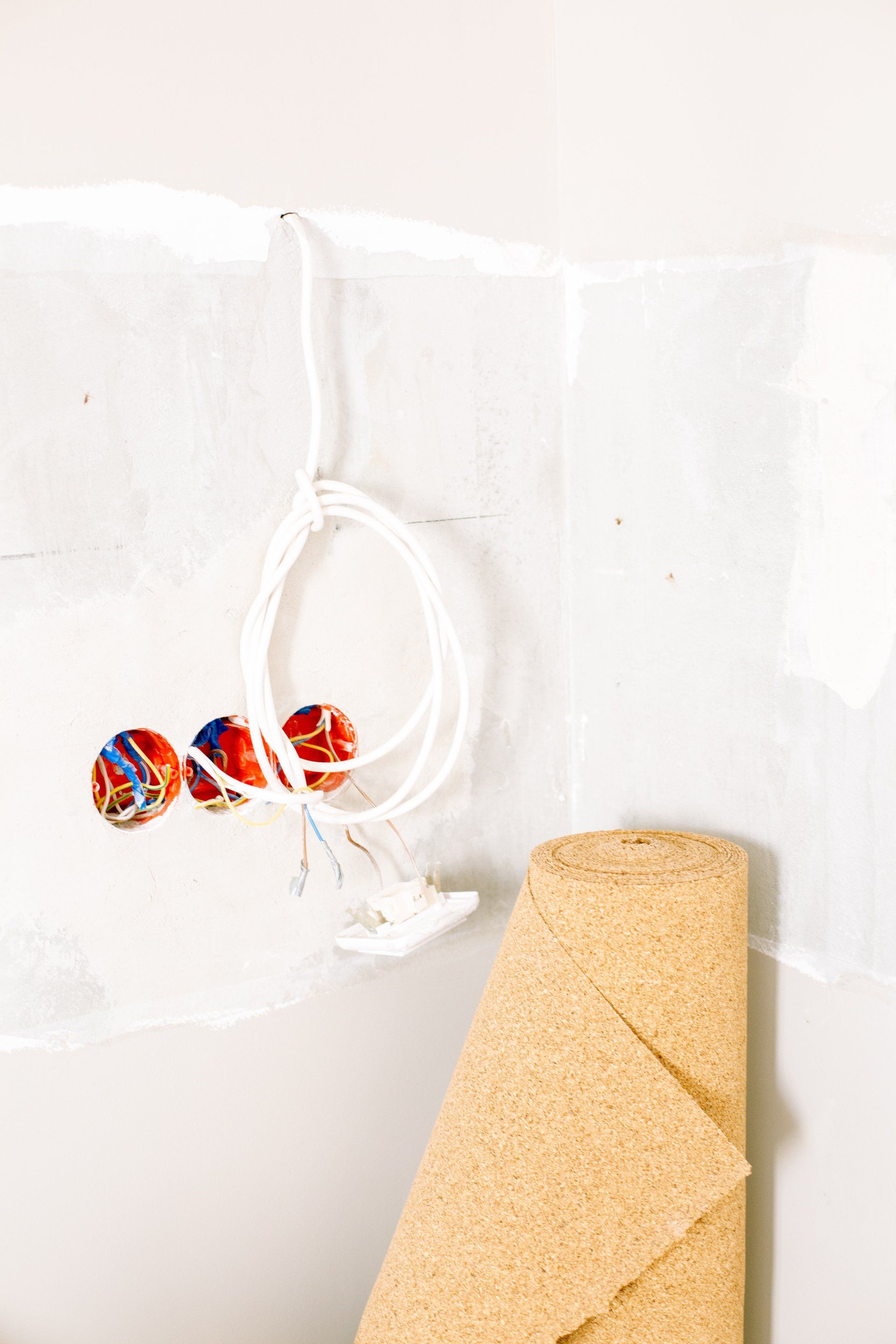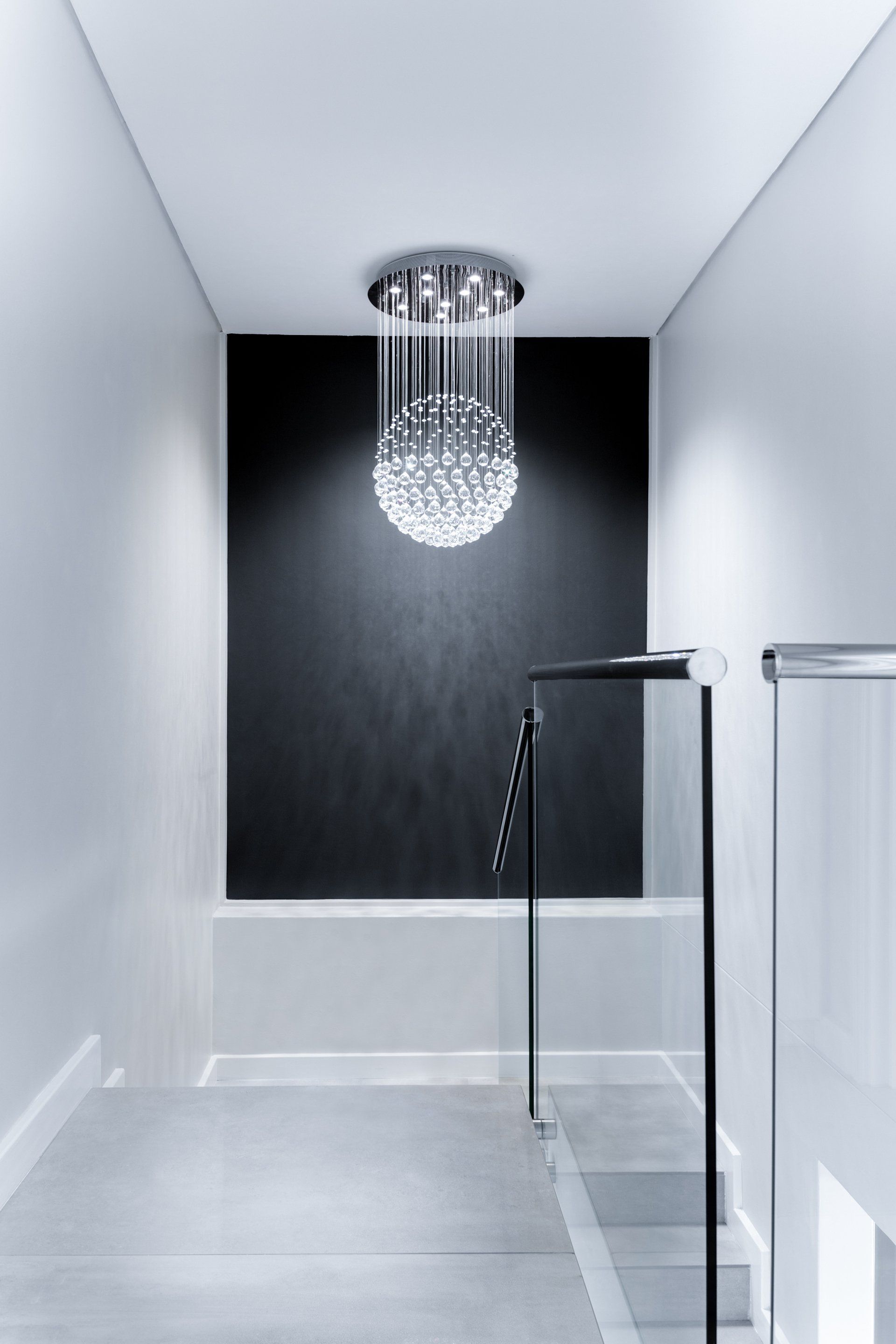How to Replace a Ceiling Fan
How to Replace a Ceiling Fan
Ceiling fans are a welcomed feature of any space; they provide lighting, circulation, as well as cool or warm air with the flick of the switch. Based on the kind, and the design and style you select, they will create a visually pleasing aspect to your living space; however, there's more to selecting the best fan than aesthetics. Appropriately sized fans make the difference in efficiency and comfort, while the correct installation procedures ensure the safety and efficiency of your ceiling fans. When the time is right to replace your current fan, be it for aesthetic or technical reasons, the installation of a professional is highly recommended because some warning signals and possible problems may not be immediately evident.
SEARCHING FOR YOUR REPLACEMENT FAN
When you are looking to purchase a new ceiling fan, be sure to think through your options and ensure that the ceiling fan you select is the perfect size for the space. Follow these guidelines and be aware that blade spans can range from 24 to 80 inches having 52 inches as the most sought-after size.
- For rooms that are with a total of 75 square feet, the recommended fan size can be between 29 and 36 inches.
- For rooms that are between 75 to the size of 144 square feet, select a fan size that is between 36 and 42 inches.
- For rooms that are between 144 and 225 square feet, select a fan size between 44 and 50 inches.
- For rooms that are 225 to 400 square feet, pick a fan size between 50 and 54 inches.
Large-scale fans are an option for big rooms or for those with high ceilings with blades that span between 60 and 80 inches.
Choose the method you'd like to control your ceiling fan since options are available for pulled-chain or remote and wall switches, but there aren't all options offered for every model.
A HOW-TO GUIDE ON THE REPLACEMENT OF A CEILING FAN
Before you can install your new ceiling fan, you'll need to get rid of the old fan in the following manner:
- Switch off the electrical power supply to the fan from the circuit box and also all wall outlets. Make sure there isn't a power supply to the unit testing the circuit prior beginning.
- In the event that your ceiling fan comes with an illuminated light, it could include dual switch wiring with one wire set to control the light and the other set for the fan. If this is the case, you need to mark the wires so that it is easy to recognize them in the new installation. Be aware that if the new ceiling fan doesn't come with lighting, you'll have to trim the exposed portion of the wires that control the light. Connect wire connectors to the ends and wrap them with electrical tape.
- Disconnect all wires, then take out the ceiling fan. Have an assistant help you with the fan while you work.
- After the fan has been removed, look over the ceiling box to make sure it's suitable for ceiling fans. This is indicated within the box with a weight rating for the fan. The box must be secured to the ceiling beam and grounded.
- If the installation of a new electrical box is required, or the ceiling or wiring support is not correct or adequate, an experienced, licensed electrician will make sure that the proper actions are implemented to safeguard your home and its inhabitants from harm.
- Set up the ceiling fan in conformity with the manufacturer's instructions.


Get a Free Quote Today!
Electrician Red Deer Quote












